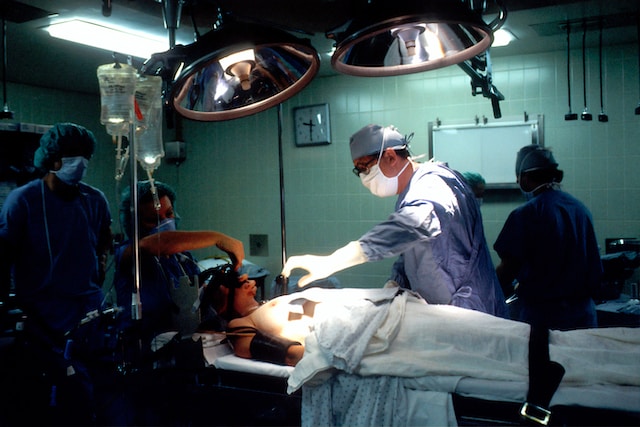Prostate cancer screening is an essential tool for early detection and treatment of prostate cancer, but the risks of excessive screening in older men cannot be ignored. While routine prostate-specific antigen (PSA) screening has reduced prostate cancer mortality rates, it can also lead to over-diagnosis and over-treatment, particularly in older men. In this article, we
Prostate cancer screening is an essential tool for early detection and treatment of prostate cancer, but the risks of excessive screening in older men cannot be ignored. While routine prostate-specific antigen (PSA) screening has reduced prostate cancer mortality rates, it can also lead to over-diagnosis and over-treatment, particularly in older men. In this article, we will explore the risks of excessive prostate cancer screening in older men and discuss the importance of shared decision-making between healthcare providers and patients.
Excessive prostate cancer screening can have significant side effects, particularly in older men. Over-screening can lead to the diagnosis of slow-growing cancers that may never cause harm, resulting in over-treatment that can lead to significant side effects, such as impotence and urinary incontinence. These side effects can significantly reduce a man’s quality of life, without providing any significant survival benefit.
To avoid the risks of over-screening and over-treatment, healthcare providers should engage in shared decision-making with their patients. This involves discussing the potential benefits and risks of screening, as well as the individual factors that may influence a man’s screening decision, such as his overall health, life expectancy, and personal preferences.
In addition to shared decision-making, healthcare providers can also consider alternative approaches to prostate cancer screening in older men. For example, active surveillance may be a viable option for older men with slow-growing cancers. Active surveillance involves monitoring the cancer through regular PSA tests, digital rectal exams, and occasional biopsies, and intervening only if the cancer begins to grow or cause symptoms.
It is also important to note that prostate cancer screening is not the only tool for prostate cancer prevention and management. Lifestyle factors, such as diet and exercise, as well as regular physical exams, are also essential for reducing the risk of developing the disease and ensuring early detection and appropriate treatment.
In conclusion, excessive prostate cancer screening in older men can have significant side effects without providing any significant survival benefit. Healthcare providers and patients should engage in shared decision-making when considering prostate cancer screening and consider individual factors, such as overall health and personal preferences, when making screening decisions. By balancing the potential benefits and risks of screening, we can ensure that men receive appropriate and individualized care for prostate cancer.

















Leave a Comment
Your email address will not be published. Required fields are marked with *